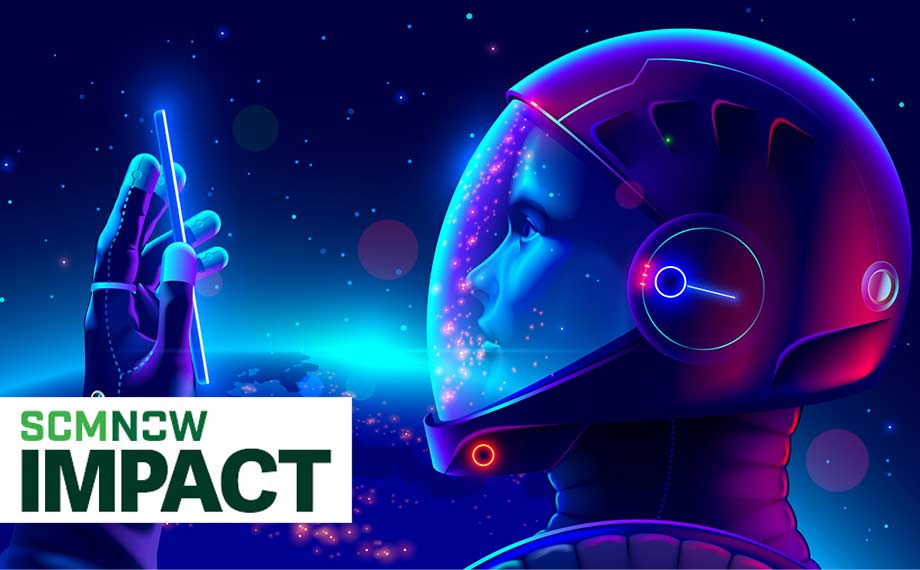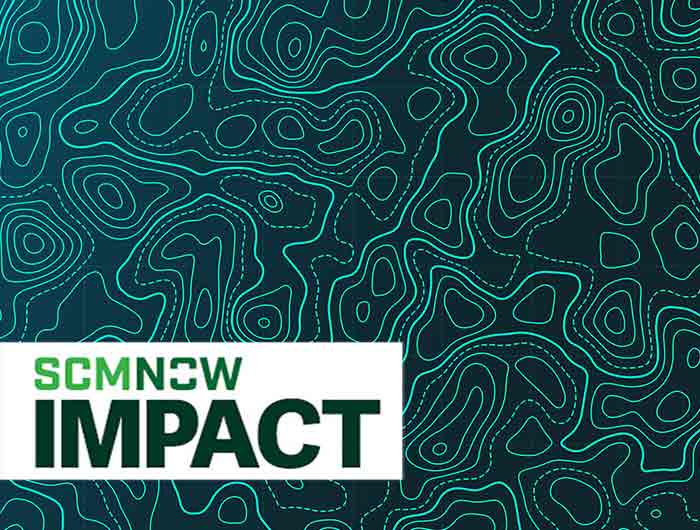In April of 1970, the crew of the NASA spacecraft Apollo 13 experienced such severe mechanical problems that they were forced to abort their mission and turn back to Earth in a so-called lifeboat. But first, the astronauts had to alert Mission Control via radio transmission. It was a dramatic SOS immortalized in the 1995 film Apollo 13: “Houston, we’ve had a problem.” But imagine if this famous line had been sent via text or over Zoom. Let’s hope there were no troublesome typos — and that the astronauts remembered to unmute.
Today, CNN is reporting that out-of-this-world connectivity might soon be realized, as NASA and Nokia have partnered to establish a lunar cellular network. Later this year, a SpaceX rocket will take the Nokia Bell Labs 4G network to the moon: “It will be loaded onto a lander made by U.S. company Intuitive Machines and, once deployed, it will connect the lander via radio equipment to two roaming vehicles with their own special mission: to search for ice.”
Despite years of high-resolution maps and other forms of technology indicating the presence of water and ice on the moon, there are no images available. If the lunar lander can penetrate a moon crater and send pictures via the new cellular network, NASA would gain valuable information for potential space colonies. Future colonists could even use their smartphones to access apps and services back on Earth via intergalactic connectivity!
The project also has the potential to benefit communication technology here on Earth. “If a network can withstand the journey into orbit, then deploy and endure autonomously amid the vacuum of space, wildly fluctuating temperatures and cosmic radiation, it will be able to survive the harshest locations on Earth — such as polar ice caps, deserts, or offshore platforms,” CNN notes. Further, a compact and low-footprint network has much potential to improve public safety and emergency response during rapidly changing situations and for people without access to traditional communication methods.
Space-age supply chain tech
The vast majority of us won’t be rocketing into space anytime soon in order to check out this new and exciting technology. But we do have the opportunity to travel to Austin for ASCM CONNECT 2024: North America to learn about the hottest new tech that’s revolutionizing global supply chains.
While there, don’t miss the numerous educational sessions along the Digital Capabilities, Technologies and Enablers track, which will teach you how to maximize data analytics, the internet of things and cloud-based computing to achieve visibility, synchronization and best-in-class digital maturity. Also, at our Tech Talks, conference attendees will connect with supply chain peers at thought-provoking roundtable discussions while learning about the latest solutions driving the industry forward. And our Innovation Hub features exhibits from trusted supply chain organizations and industry experts enabling participants to immerse themselves in a fully interactive journey.
Register by August 17 and you’ll save $400. Austin, we have liftoff!



